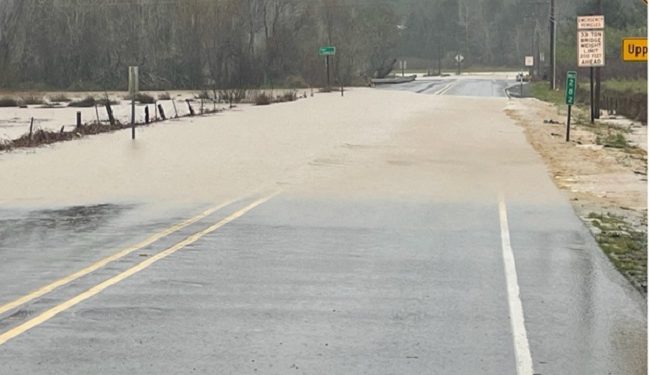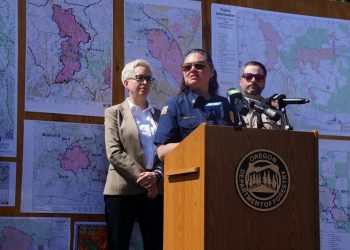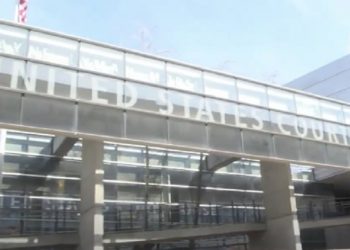Astoria, Ore. — Governor Tina Kotek has formally requested Presidential Disaster Declarations to aid Oregon communities reeling from catastrophic floods that swept through the state this spring. The request, submitted in coordination with the Oregon Department of Emergency Management (OEM), seeks federal assistance for Coos, Curry, Douglas, and Harney counties—regions that bore the brunt of the destruction.
Oregon Requests Federal Disaster Aid After Historic Flooding Devastates Rural Communities
You May Also Like
Undocumented Oregon Drug Trafficker Sentenced in Historic Meth Bust
EUGENE, Ore. — A Mexican national has been sentenced to 15 years in federal prison for his role in a...
Oregon Braces for Aggressive Wildfire Season, With Heightened Preparedness Efforts
Astoria, OR - Oregon is preparing for an even more intense wildfire season this summer, with experts warning of dangerous...
Oregon Lawmakers Consider Bill to Safeguard Diverse Voices in School and Library Books
Astoria, Ore. — In a growing national debate over book bans and educational censorship, Oregon lawmakers are considering legislation that...
North Carolina Man Arrested in Oregon for Alleged Stalking, Threatening Ex-Boyfriend and Roommate
EUGENE, Ore. – A 32-year-old man from North Carolina has been arrested after allegedly stalking his ex-boyfriend across the country...
University of Oregon Student Workers Strike Over Wage Disputes and Pay Delays
EUGENE, Ore. — On the morning of April 28, student workers at the University of Oregon walked off the job...
International Students Challenge Visa Revocation in Federal Lawsuit
Astoria, Ore. – A federal lawsuit filed by two international students is raising serious questions about the U.S. government’s handling...
Astoria Public Library showcases new and restored artworks ahead of grand reopening
Astoria, OR - The Astoria Public Library revealed six new and restored artworks as part of its renovation, each celebrating...
Read more
Astoria Journal is the Astoria’s largest locally owned, independent news platform. We specialize in hyperlocal coverage of the people, places and events that shape the communities we love. Our team of award-winning, Astoria-based, reporters are dedicated to bringing readers stories fast, first and forever free.












